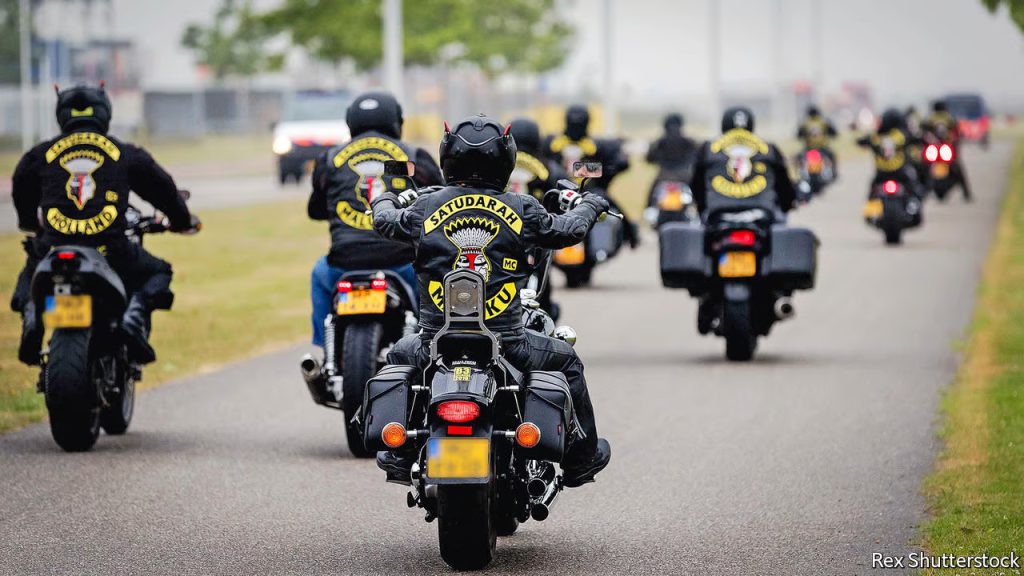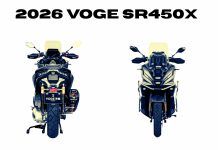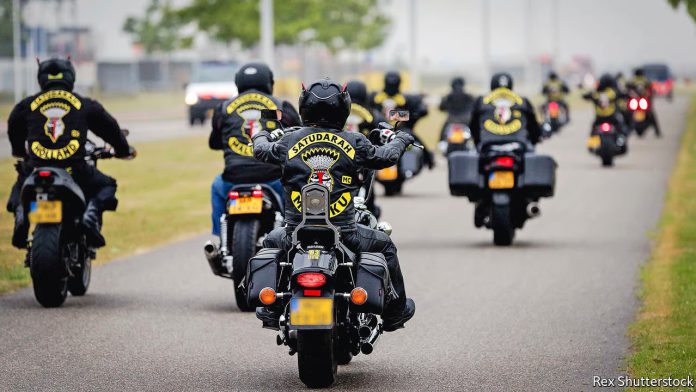The allure of motorcycle culture from the mid-20th century, often romanticized in movies and literature, has captivated the hearts of many enthusiasts. Films like “The Bikeriders” evoke a sense of nostalgia for a time when motorcycle clubs symbolized freedom, rebellion, and camaraderie. However, the reality of modern motorcycle gang culture is starkly different from the idealized past. This article explores the evolution of motorcycle culture, the impact of modern realities, and the enduring spirit of motorcycling.
The Golden Era of Motorcycle Culture
The Rise of Motorcycle Clubs in the 1950s and 1960s
The 1950s and 1960s were the golden era of motorcycle culture. Post-World War II, many veterans found solace and a sense of belonging in motorcycle clubs. These clubs were more than just riding groups; they were communities that embodied a spirit of adventure and rebellion against societal norms. The motorcycles themselves, particularly the iconic Harley-Davidsons, became symbols of freedom and individuality.
Romanticizing the Rebel Lifestyle
Movies and literature from this era played a significant role in shaping the public’s perception of motorcycle culture. Films like “The Wild One” starring Marlon Brando and books like “Hell’s Angels: The Strange and Terrible Saga of the Outlaw Motorcycle Gangs” by Hunter S. Thompson painted a picture of a rebellious lifestyle that was both alluring and dangerous. This romanticized view contributed to the mystique surrounding motorcycle clubs and their members.

Modern Realities of Motorcycle Gangs
The Shift from Brotherhood to Crime
Over the decades, the nature of motorcycle clubs has changed dramatically. While the sense of brotherhood and adventure remains, many clubs have been associated with criminal activities. The recent arrests of the Bakersfield chapter of the Hells Angels and the Sons Of Hell Motorcycle Club highlight this shift. The charges against them, including robbery, kidnapping, and assault, reflect a far cry from the idealized image of motorcycle clubs in the past.
The Impact of Law Enforcement
Law enforcement agencies have increasingly cracked down on motorcycle gangs involved in criminal activities. Multi-agency investigations, like the one in Bakersfield involving the Bureau of Alcohol, Tobacco, Firearms and Explosives (ATF), the Kern County Sheriff’s Office, and the California Highway Patrol, have led to significant arrests and the seizure of illegal weapons and gang paraphernalia. These actions have further tarnished the image of motorcycle clubs, making it difficult to separate the myth from the reality.
The Enduring Spirit of Motorcycling
Rediscovering the Joy of the Ride
Despite the negative aspects of modern motorcycle gang culture, the core values of motorcycling—freedom, adventure, and camaraderie—continue to thrive. Enthusiasts today can still experience the thrill of the open road and the sense of community that comes with riding. Motorcycle rallies, charity rides, and club events offer opportunities for riders to connect and share their passion.
Modern Motorcycle Clubs and Communities
Modern motorcycle clubs and communities have evolved to embrace a more inclusive and lawful approach. Many clubs focus on promoting safe riding practices, organizing community service events, and supporting charitable causes. These clubs strive to preserve the positive aspects of motorcycle culture while distancing themselves from the criminal activities associated with outlaw gangs.
The Influence of Media on Motorcycle Culture
Films and Documentaries
Movies and documentaries continue to shape the perception of motorcycle culture. Films like “The Bikeriders” tap into the nostalgia for the golden era, while documentaries provide a more nuanced view of the current state of motorcycle gangs. Media plays a crucial role in both preserving the romanticized past and highlighting the realities of the present.
Social Media and Online Communities
The rise of social media and online communities has transformed how motorcycle enthusiasts connect and share their experiences. Platforms like Facebook, Instagram, and dedicated motorcycle forums allow riders to exchange tips, plan rides, and celebrate their shared passion. These digital spaces help maintain the sense of community and belonging that has always been a hallmark of motorcycle culture.
The Future of Motorcycle Culture
Embracing Change and Innovation
The future of motorcycle culture will likely see a continued emphasis on innovation and inclusivity. Electric motorcycles, for instance, are gaining popularity and may redefine what it means to be a motorcyclist. Additionally, efforts to make motorcycling more accessible to women, minorities, and younger generations are crucial for the culture’s growth and sustainability.
Preserving the Legacy
While embracing change, it’s also important to preserve the legacy of the golden era of motorcycle culture. Museums, vintage motorcycle shows, and historical documentaries play a vital role in keeping the history alive. By honoring the past, modern enthusiasts can appreciate the rich heritage of motorcycling while looking forward to a vibrant future.
Conclusion
The evolution of motorcycle culture is a testament to its enduring appeal and adaptability. From the romanticized rebellion of the 1950s and 1960s to the complex realities of modern gangs, the spirit of motorcycling continues to captivate enthusiasts around the world. While the culture has changed, the core values of freedom, adventure, and camaraderie remain. By embracing both the past and the future, motorcycle culture can continue to thrive and inspire new generations of riders.
Key Takeaways
- The 1950s and 1960s were the golden era of motorcycle culture, characterized by a spirit of rebellion and adventure.
- Modern motorcycle gangs have often been associated with criminal activities, overshadowing the romanticized image of the past.
- Despite these changes, the core values of motorcycling—freedom, adventure, and camaraderie—continue to thrive.
- Modern clubs and communities focus on inclusivity, safe riding practices, and community service.
- Media, including films, documentaries, and social media, plays a crucial role in shaping the perception of motorcycle culture.
- The future of motorcycle culture will likely see continued innovation and efforts to preserve its rich heritage.
By understanding the evolution of motorcycle culture, enthusiasts can appreciate its complexities and continue to celebrate the unique spirit that defines the world of motorcycling.




































